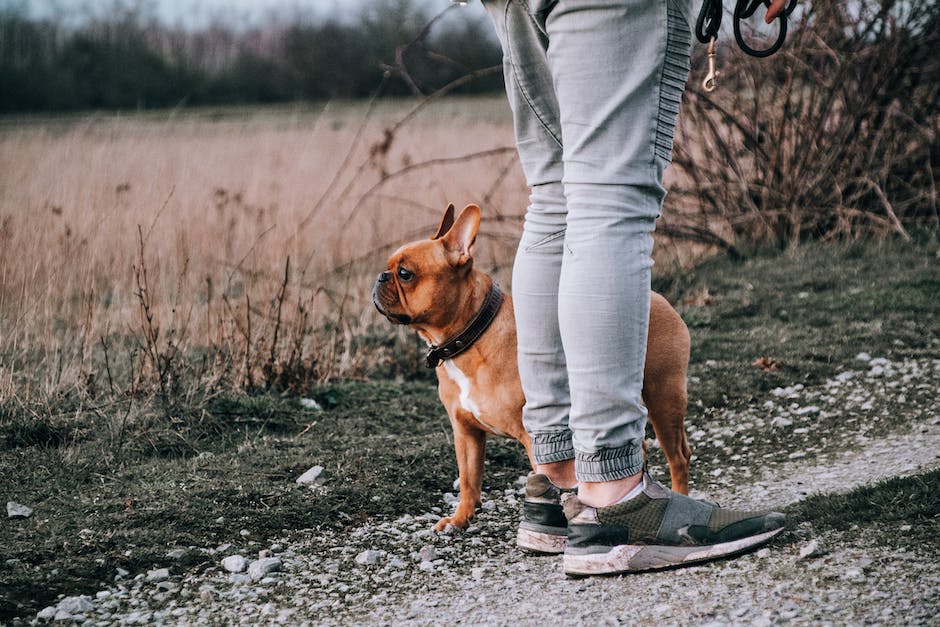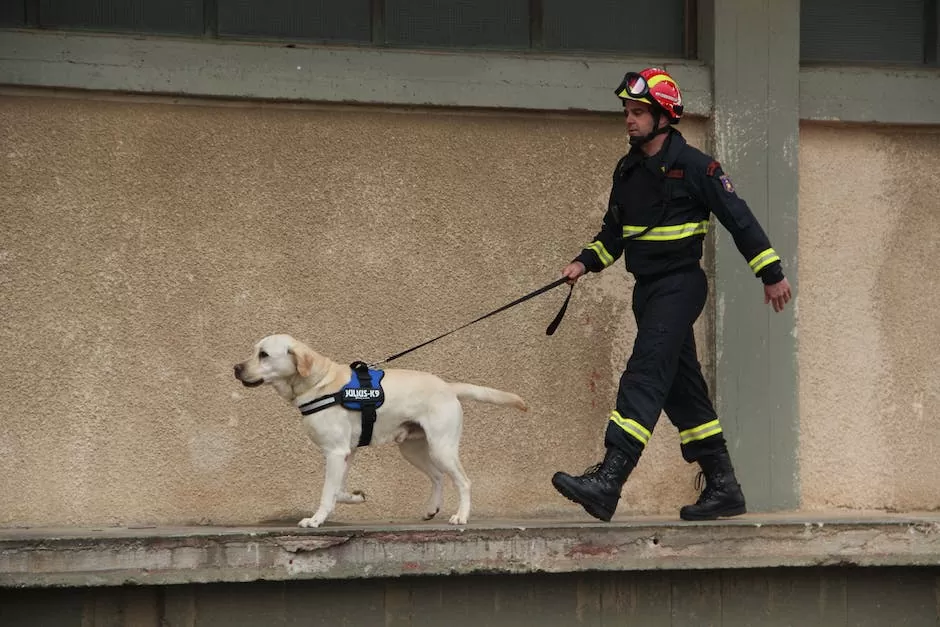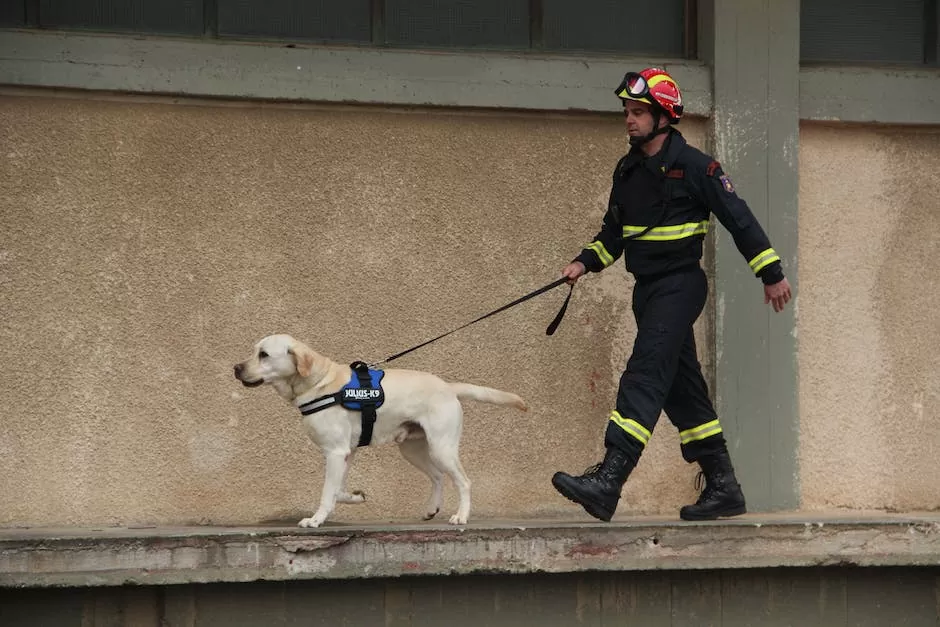Can a dog be trained in 2 weeks?

Many people think that it takes a long time to train a dog, but that is not necessarily true. Dogs can be trained in a relatively short amount of time if the owner is consistent and uses positive reinforcement.
The answer to this question depends on a number of factors, including the dog’s age, intelligence, and previous training. Generally speaking, however, it is possible to train a dog in two weeks if you are willing to put in the time and effort.
How long can it take for a dog to be properly trained?
It takes time and commitment to train a dog, but many owners are able to teach their dogs basic manners in a year or so. With regular practice, your dog can learn to respond to commands and behave in a variety of situations.
The 10 day training course is a great way to get your dog started on obedience training and to also teach them some basic agility commands. Your whole family will benefit from the training, and you will be able to use the commands in your everyday life.
How long is too long for dog training
It’s important to keep your dog’s training sessions short, so they don’t get bored or frustrated. Most dogs can only handle a few minutes of training at a time, so it’s best to keep the sessions short and sweet.
There is no definitive answer to how often you should train your dog, as it depends on several factors such as the age of your dog, the type of training you are doing, and your personal schedule. However, it is generally recommended to train your dog several times a week, for example, three short training sessions a day. If you are attending training classes, they are usually once a week, though you can certainly practice at home in between classes. The important thing is to be consistent with your training, and to make it fun for both you and your dog!
What age is too late to train a dog?
There are plenty of benefits to training an older dog. By teaching your older dog some basic obedience commands, you can help him to feel more secure and confident. This can be especially helpful if your dog is starting to experience some cognitive decline. Training can also help to keep your older dog’s mind sharp and can provide him with a fun activity to enjoy.
If you’re thinking about starting to train your older dog, there are a few things to keep in mind. First, be patient! Older dogs can learn, but they may not learn as quickly as a younger dog. Second, use positive reinforcement – rewards – to encourage your dog to learn. Third, keep training sessions short and sweet. Older dogs can get tired more easily, so it’s important to not overdo it.
With a little patience and positive reinforcement, you can teach your older dog some new tricks – it’s never too late to start training!
The adolescent period can be a challenging time when raising a puppy. Dogs during this time may seem to forget everything they have been previously taught and can become more independent. This period is individual to each dog, but may begin around eight months old and continue until the dog is two years old. During this time, it is important to be consistent with training and continue to socialize your puppy to help them through this period.
How do you house train a dog for 2 weeks?
It is important to take your puppy outside often, as this will teach them that they can expect to go outside on a regular basis. The frequency with which you take them out will depend on their age – the younger they are, the more often they will need to go.
Using positive reinforcement techniques is one of the most effective ways to train your dog. By rewarding your pet for good behavior, you can reinforce the desired behavior and help your dog learn more quickly. Additionally, positive reinforcement training can help create a bond between you and your pet, making training more enjoyable for both of you.
What is the hardest dog to house train
Dachshunds are often considered the hardest dog to potty train. They are smart but can be stubborn, which can make training difficult. Bichon Frises are another toy breed that can be difficult to potty train. As a smaller dog, they may not have the bladder control of larger breeds. Dalmatians and Jack Russell Terriers are also known for being difficult to potty train. Afghan Hounds are another difficult breed, as they were originally bred as hunting dogs and have a lot of energy. Pomeranians can also be difficult to potty train, as they are small dogs with a lot of energy.
There are many benefits to training a dog as an adult. They may be less distractible and energetic than they were as a puppy, making them easier to train. Adult dogs also have a better understanding of the world around them and can be less anxious about new experiences. If you’re wondering when it’s too late to train a dog, the answer is never!
Do and don’ts of dog training?
Assuming you want tips for training your dog:
1. Start with something simple that you want your dog to do- sit, stay, lay down, come, etc.
2. Be consistent in your commands and rewards- your dog will eventually catch on
3. Use treats or toys as positive reinforcement- when they do something you’ve asked them to do, give them a treat or pet them enthusiastically
4. If you’re struggling with a certain behavior, seek help from a professional rather than getting frustrated
5. Training sessions should be short so as not to bore your dog- around 20 minutes is ideal
6. Choose a place with few distractions to begin with so that your dog can focus on you and what you’re asking them to do
Yes, dogs can get too much exercise. Just like humans, dogs have their limits in terms of exercise, which varies wildly depending on your dog’s age, breed, health, and fitness level. If you push your dog too hard, they can develop health problems like joint and bone problems, respiratory issues, heart problems, and even heat stroke. So it’s important to find the right balance of exercise for your dog, and to always consult with your veterinarian if you’re unsure.
What to do if dog ignores command
It is important to make sure your dog can follow a command before adding any distractions. Once your dog is comfortable with the command, you can start to work on it with people in the environment talking, eating, and engaging with each other. Finally, you can work on the command out in the yard with more significant distractions.
According to Ray, the basic commands that every dog should learn (in this order) are: heel, sit, stay, and come. Heel – With the dog at knee level on your left side and the leash in your hand, start walking with your left foot first as you give the “Heel” command, using the dog’s name.
Can you house train a dog in a week?
The good news is that you can usually house train a dog in seven days no matter how old she is. Puppies and small dogs have smaller bladders and will need more frequent potty breaks, but otherwise house training all dogs is essentially the same process.
If you have a disobedient dog, there are a few things you can do to train them. First, stop letting them off the lead for a while. This will help them to learn that they need to listen to you and not just run off. Second, make the training treat a reward for continued good behaviour, not just for completing a task. This will help to keep your dog motivated. Third, focus on teaching four key commands: sit, stay, come, and down. These are the most important commands for a dog to know. Fourth, don’t forget to have fun! Training should be enjoyable for both you and your dog. Finally, remember that teaching patience is at the heart of it. Your dog will need to learn that they need to wait for you to give them permission before they do anything. If you can keep these things in mind, you should be able to train your dog quickly and effectively.
Final Words
It is possible to train a dog in two weeks, but it will require dedication and commitment from both the owner and the dog. Generally, it is recommended that owners start with basic obedience commands such as sit, stay, come, and down. Once the dog has mastered these commands, then more specific training can be added in. For example, if the owner wants the dog to be able to go to the bathroom outside, then they will need to work on crate training and housebreaking. With consistent training, most dogs can learn the basics in a couple of weeks.
A dog cannot be trained in two weeks, but with consistency and patience, most dogs can be trained in a few months. It takes time for a dog to learn tricks, manners, and obedience, so Be patient and persistent, and you and your dog will enjoy the process.